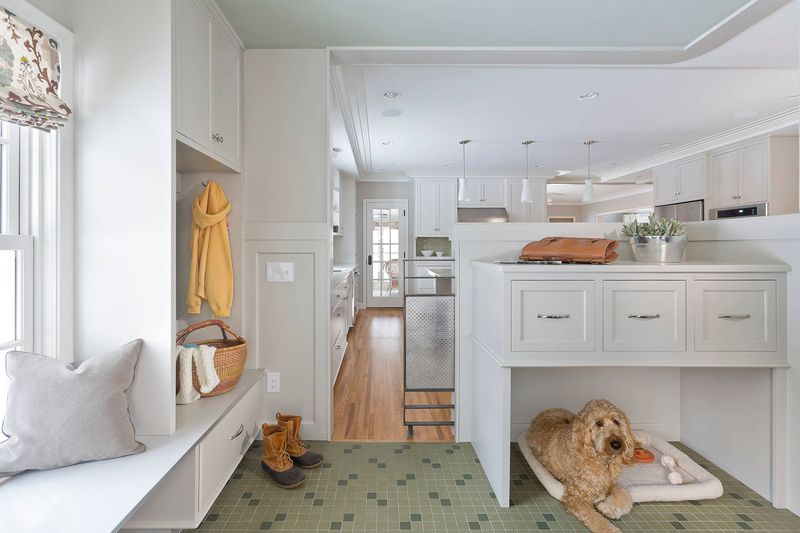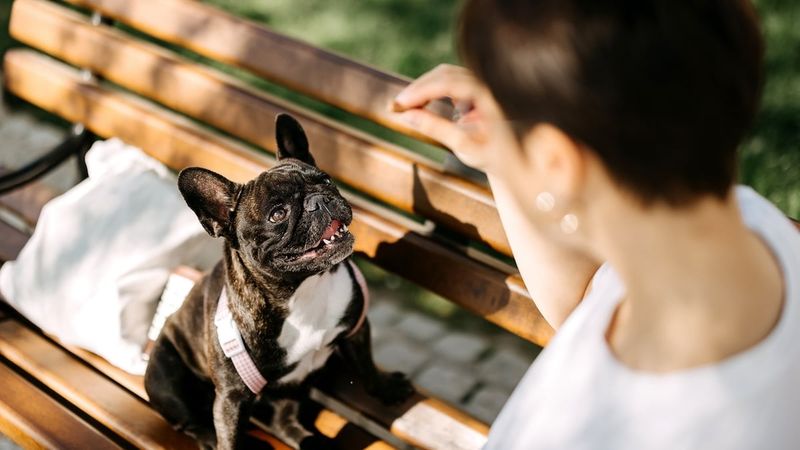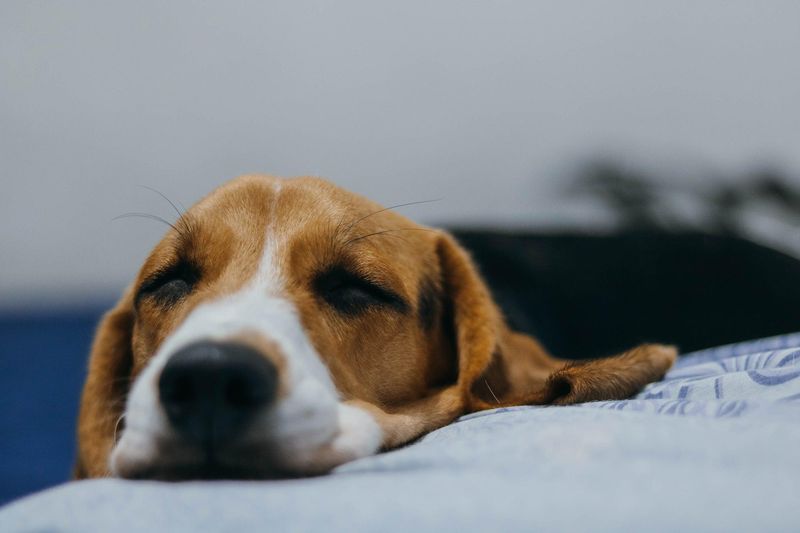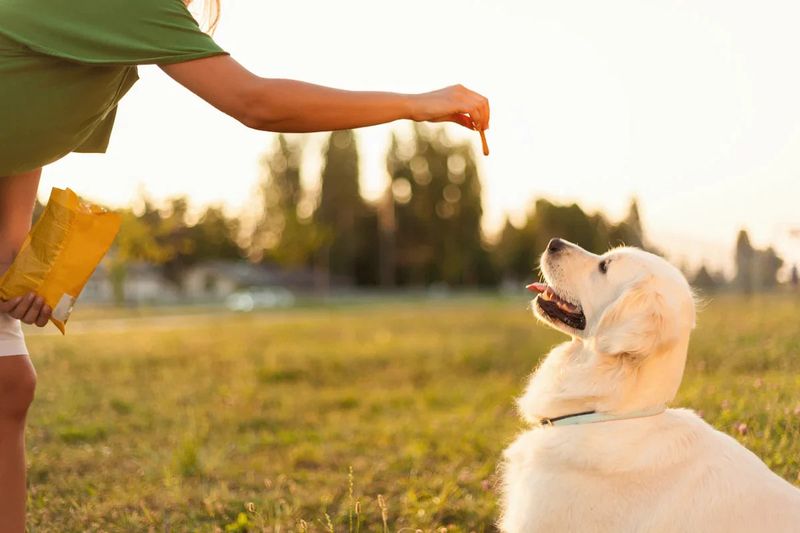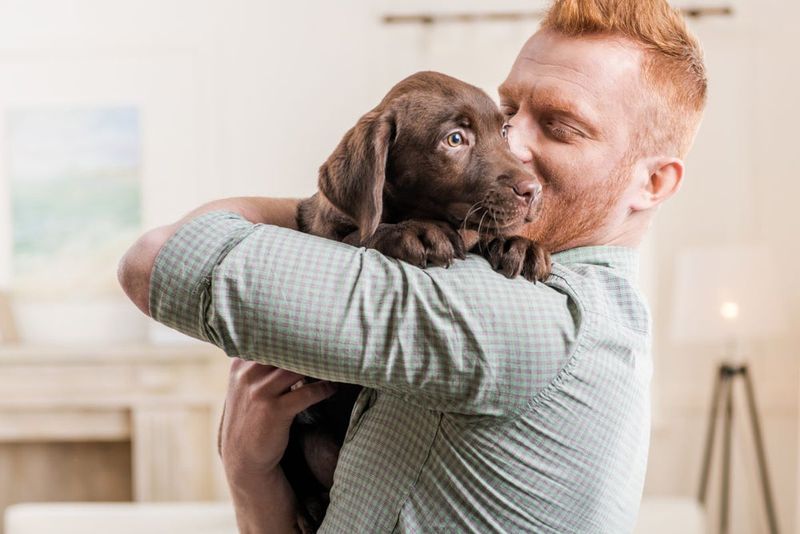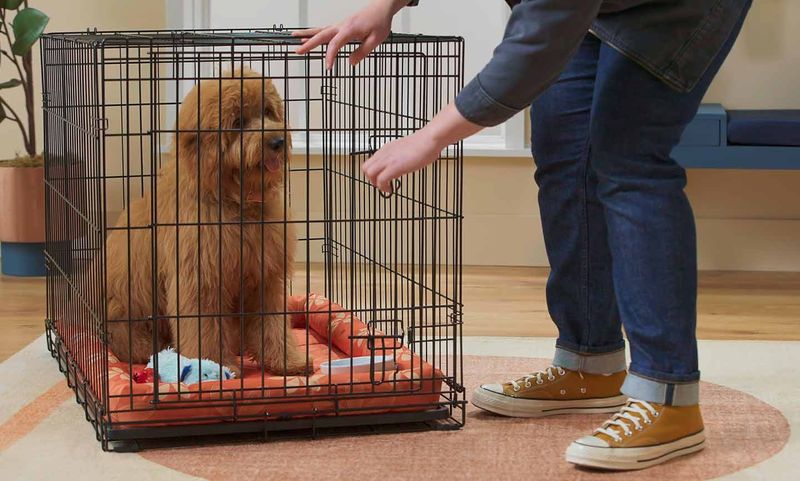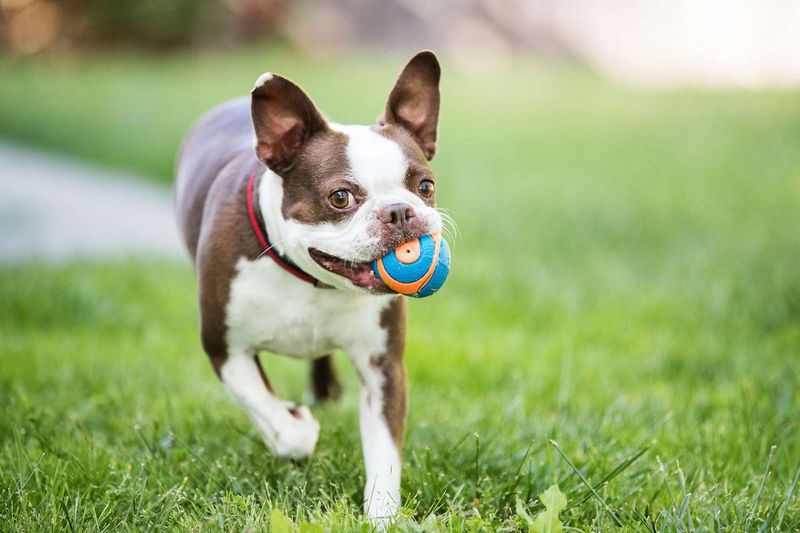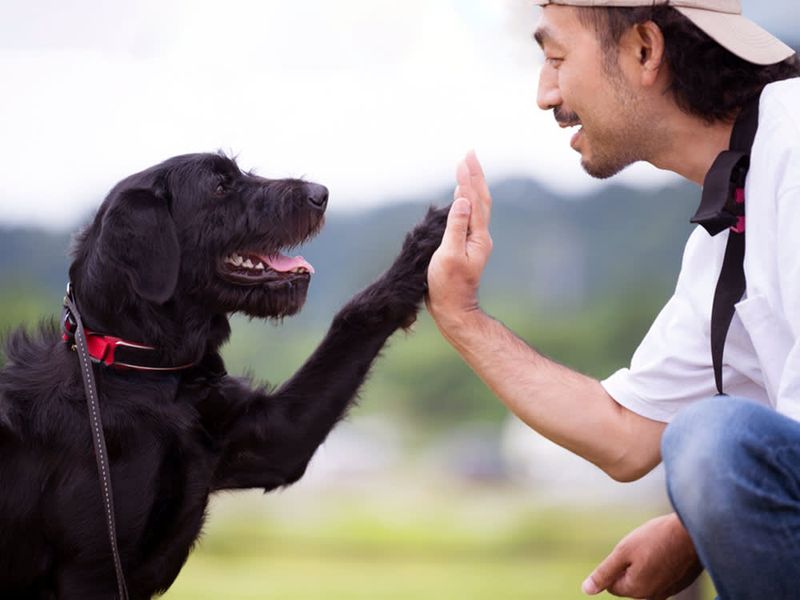Separation anxiety in puppies is common and can be distressing for both the pet and owner. Addressing this issue early on can lead to a happier and more confident puppy. Here are 11 ways to help your puppy overcome separation anxiety, ensuring a peaceful coexistence.
Create a Safe Space
Every puppy needs a sanctuary. Creating a safe space filled with familiar scents and favorite toys can greatly soothe an anxious puppy. A designated area helps them feel secure, reducing stress when left alone.
Keep the area inviting with soft bedding and gentle lighting. This cozy nook becomes their personal retreat where they can relax and feel protected. It’s a small haven in their world.
Remember, consistency is key. Ensure this space remains unchanged to maintain its comforting effect. It’s their little haven, and stability helps ease their worries.
Gradual Alone Time
Introduce your puppy to alone time slowly. Start with short periods, gradually extending them as your puppy adjusts. This method helps build their confidence and understanding that you always return.
Consistent practice can transform their anxious whines into contented naps. It’s about fostering independence in small, manageable steps.
By easing into this routine, your puppy learns that alone time is temporary, reducing their anxiety. It’s a patient process, but the results are rewarding.
Interactive Toys
Keep your puppy entertained with interactive toys. These stimulate their mind, distracting them from loneliness. Puzzle toys filled with treats provide hours of engaging play.
Engagement through toys not only occupies them but also enriches their environment. It’s a playful way to reduce anxiety.
Choose toys that challenge your puppy’s curiosity. Always rotate them to keep the experience fresh and exciting.
Calming Music
Music can be a soothing balm for an anxious puppy. Calming tunes or white noise mimic the sounds of nature, creating a serene atmosphere.
Play music during alone times to create an association with relaxation. The rhythmic melodies can ease tension and promote a peaceful environment.
Explore different genres to see what resonates with your puppy. Consistently playing calming music can establish a comforting routine.
Desensitization Training
Desensitization involves gently exposing your puppy to triggers associated with your departure. Start with small actions like grabbing keys, then progress to short exits.
This training helps them associate these cues with calm rather than anxiety. It’s a gradual process that requires patience and understanding.
As your puppy becomes accustomed to these cues, their anxiety levels decrease, paving the way for a more relaxed behavior during your absences.
Comforting Scents
A familiar scent can be incredibly comforting to an anxious puppy. Leaving an item with your scent, like a t-shirt or blanket, provides a sense of closeness.
This olfactory connection can ease their anxiety, making them feel you’re still nearby. It’s a simple yet effective method to offer reassurance.
Rotate items to keep the scent fresh and comforting. It’s a subtle touch that speaks volumes to an anxious puppy’s heart.
Positive Reinforcement
Celebrate your puppy’s bravery with positive reinforcement. Reward calm behavior with treats or affection, reinforcing their courage when alone.
This approach creates a positive association with solitude. Over time, your puppy learns to view alone time as an opportunity for rewards.
Patience and consistency in rewarding positive behavior make a significant difference. It’s about building a trusting and confident puppy.
Routine Establishment
Puppies thrive on routine. Establishing a consistent schedule for feeding, play, and rest can significantly reduce anxiety.
A predictable routine offers stability, helping your puppy understand what to expect. This structure builds their confidence and reduces stress.
Ensure the routine is balanced and includes plenty of bonding time. Consistency in daily activities reassures your puppy, providing a sense of security.
Professional Training Help
Sometimes, professional help is the best route. Dog trainers can provide tailored strategies to address severe separation anxiety.
Their expertise can offer insights and techniques not easily learned alone. A trainer’s guidance ensures you’re on the right path to a happier puppy.
Investing in professional training can be a game-changer. It provides the support needed to tackle anxiety effectively.
Exercise and Play
A tired puppy is a happy one. Regular exercise and play sessions release pent-up energy that could otherwise manifest as anxiety.
Engage in fun activities that challenge both mind and body. This keeps your puppy content and less prone to stress.
A well-exercised puppy is more likely to rest peacefully when alone, making exercise an essential tool in combating anxiety.
Stay Patient and Consistent
Patience is your greatest ally in helping a puppy with separation anxiety. Consistency in your approach builds trust and understanding.
Relapses may happen, but staying calm and supportive encourages progress. It’s a journey of small steps leading to big changes.
Your puppy looks to you for guidance. By remaining patient and consistent, you nurture a sense of security and peace.

